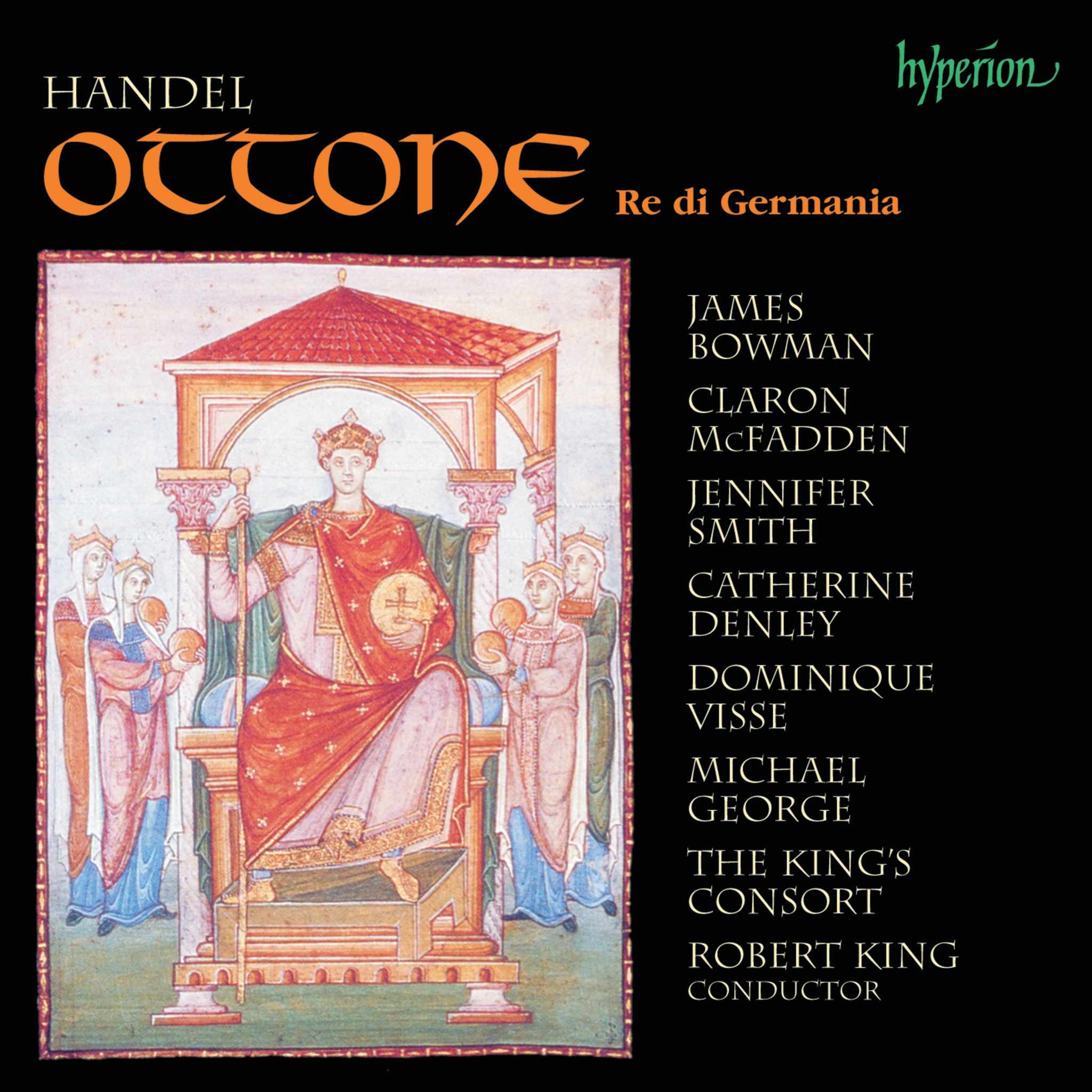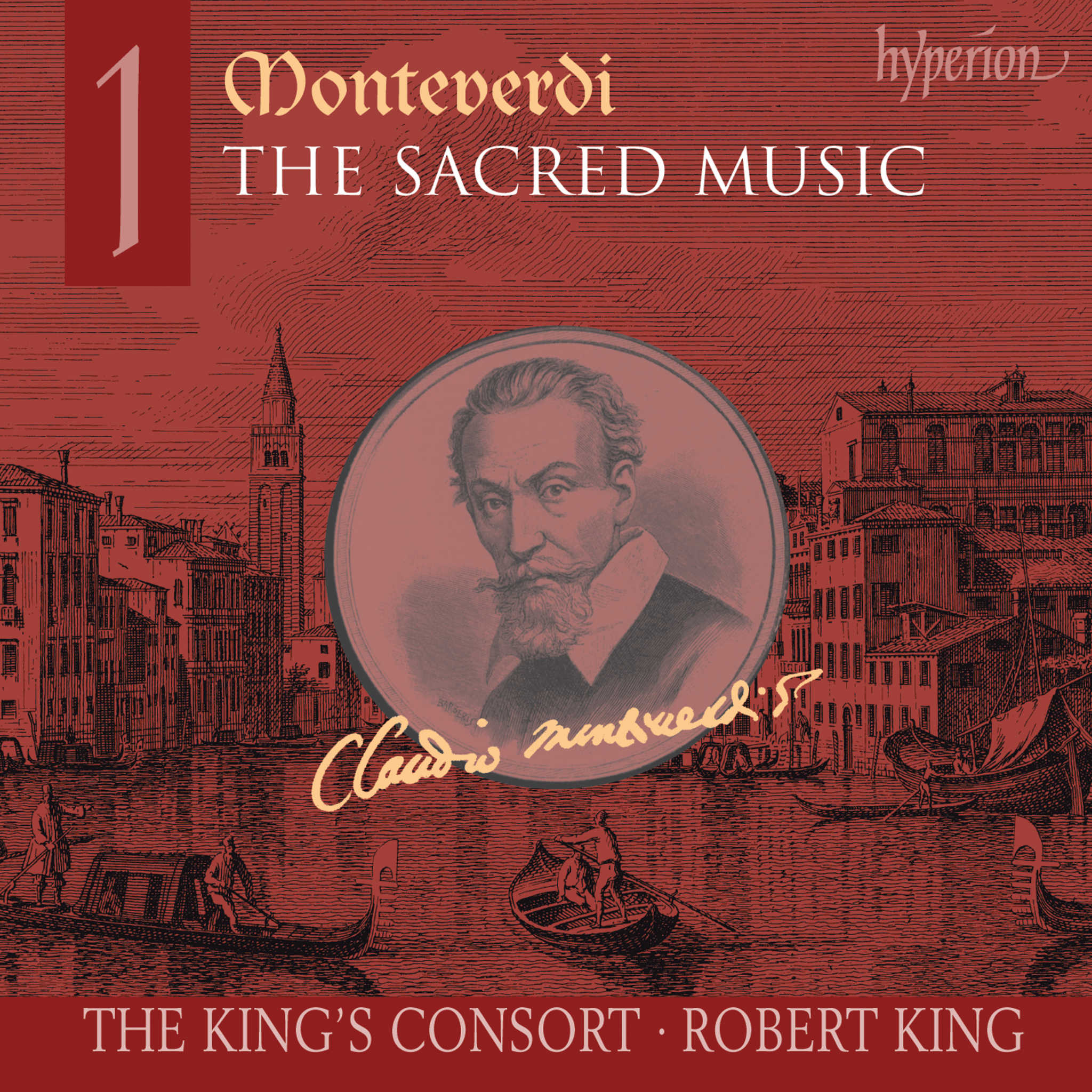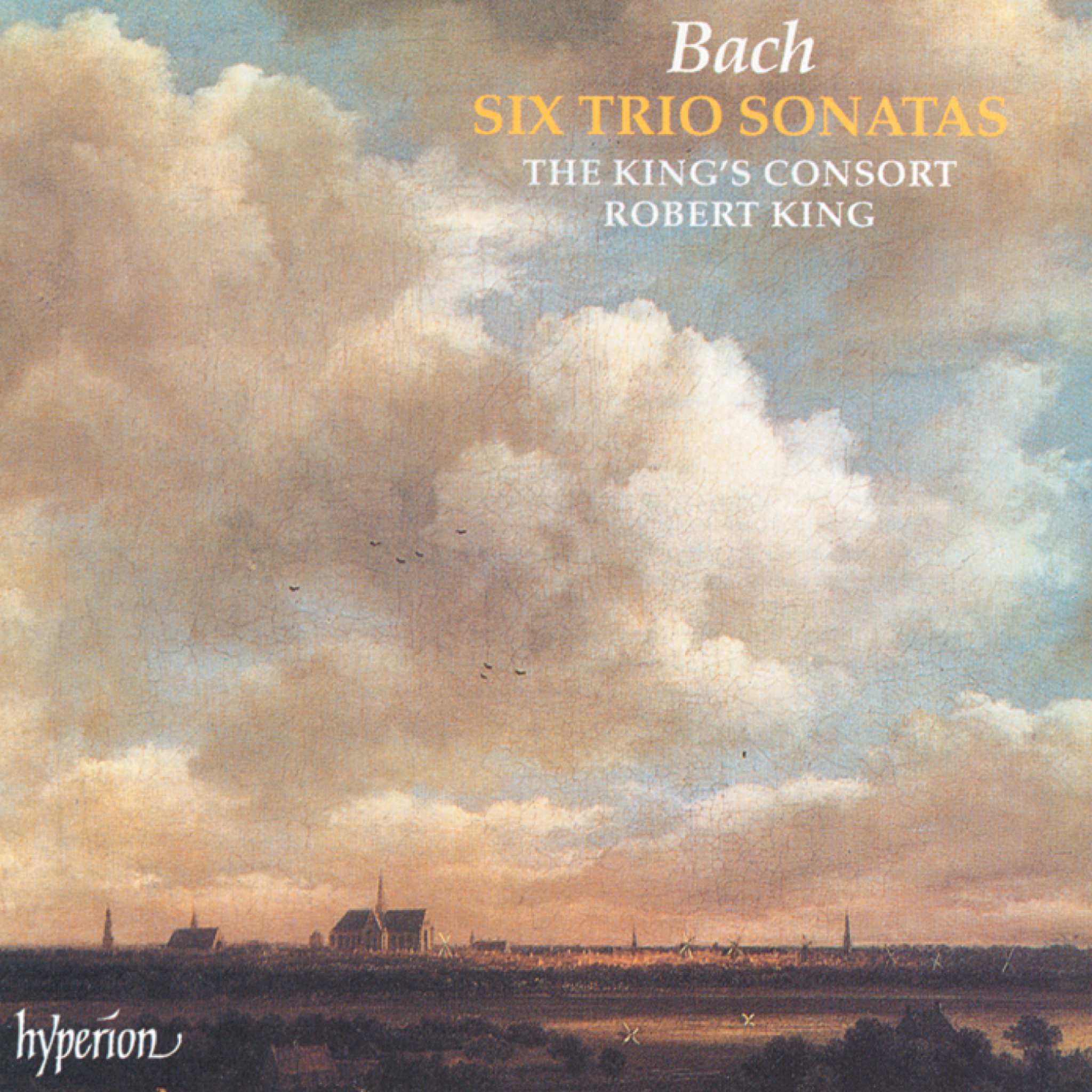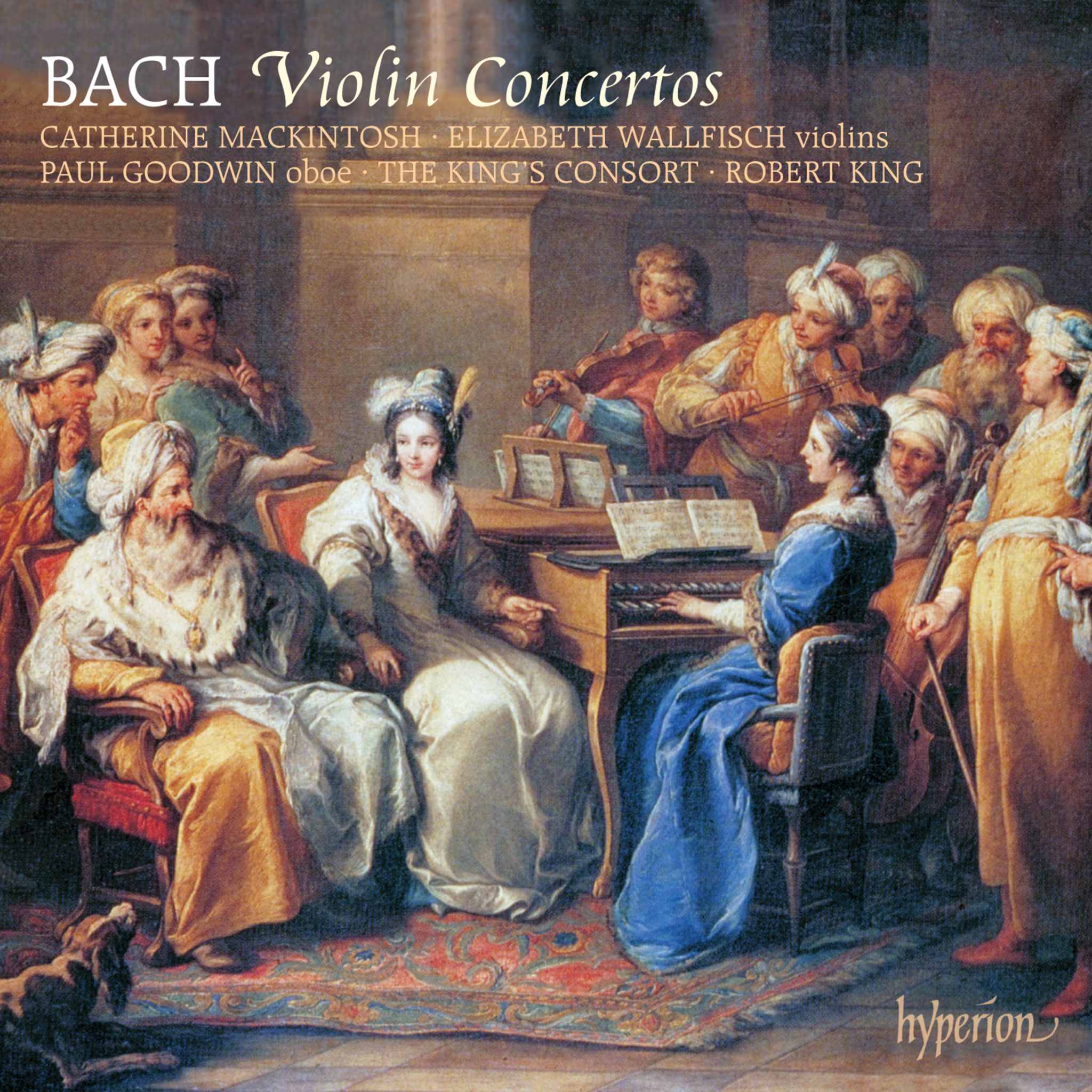Album insights
In the summer of 1837, Clara Wieck and Schumann secretly got engaged despite her father's strong opposition. They chose August 14th, the feast day of Saint Eusebius, as their engagement date. Shortly after, Schumann began composing his Davidsbündlertänze. As with his previous work, the title page displayed a dedication to Clara, this time using the pseudonyms "Florestan" and "Eusebius." Each of the 18 pieces in the composition bore the initials "F" or "E," symbolizing the two contrasting aspects of Schumann's creative personality: rebellious yet dreamy.
The Davidsbündlertänze were dedicated to Walther von Goethe, the grandson of the renowned writer, symbolizing the music intended for Clara. The opening bars, labeled "Motto of C W," quoted the beginning of a Mazurka from Clara's Soirées musicales, op. 6. Schumann expressed that none of his previous works were as deeply dedicated to her as these pieces. The piece depicted wedding thoughts and was created in a period of intense excitement. Schumann even hinted at a wedding ceremony theme throughout the compositions.
The character of "Davidsbund" was conceived by Schumann during his time as a music critic, symbolizing a group of artists dedicated to fighting conservatism. He later revisited the idea of renaming the Davidsbündlertänze to "Twelve Character Pieces" to make them less fantastical. Implementing changes in the second edition, Schumann adjusted tempo markings and removed extravagant performance instructions. These alterations aimed to enhance clarity and interpretation for performers.
Like various piano cycles by Schumann, the Davidsbündlertänze explore multiple key centers, with a focus on G major and B minor. However, both parts conclude with a piece in C major. The musical journey strategically intertwines segments, filled with emotional depth and thematic richness, culminating in a poignant finale in C major. The structure of the work reflects Schumann's evolving compositional style, evolving over time.
The Humoreske in B-flat major, op. 20, defies its title, expanding into a substantial piano cycle akin in scale to the Davidsbündlertänze. This work reflects Schumann's emotional turbulence during its composition, with contrasting moods and intricate musical expressions. The title "Humoreske" encapsulates the blending of sentimentality and wit within the piece, embodying profound musical and emotional depth.
Schumann's Blumenstück in D-flat major, op. 19, composed during his Viennese sojourn, showcases a more subdued side of his artistry. This gentle piano piece embodies the essence of a floral still life, arranged delicately in a musical portrait. Each section intertwines seamlessly, reminiscent of a biedermeier aesthetic, unveiling Schumann's nuanced approach to composition during his Vienna visit.











